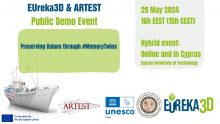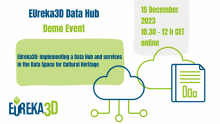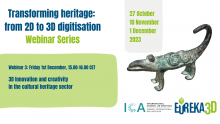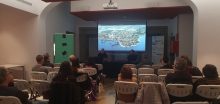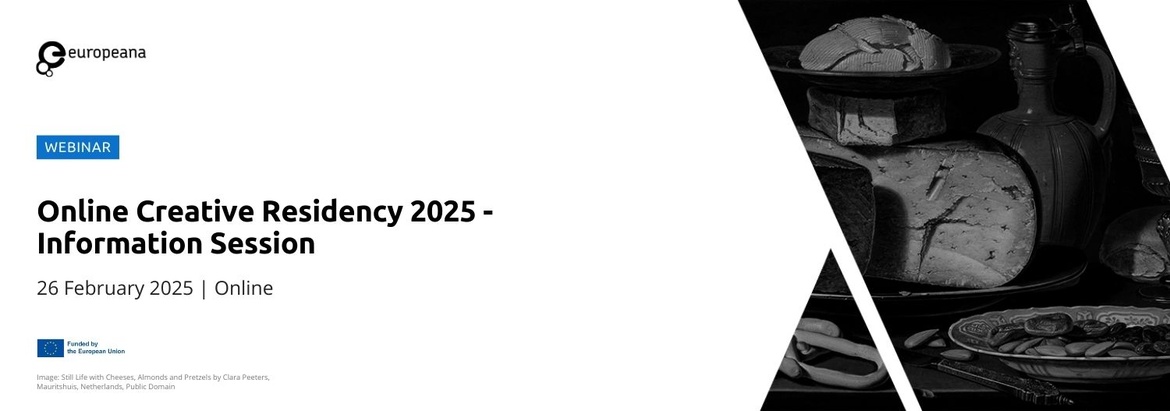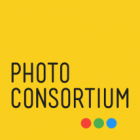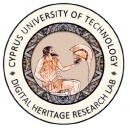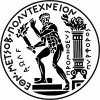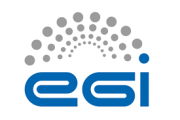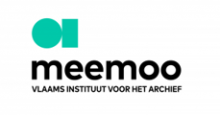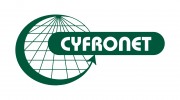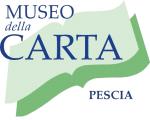The EUreka3D Advisory Board is a consultative body formed by experts representing cultural institutions, cultural heritage research teams and international organisations. It advises the project, provides feedback on its activities, and liaises it with the cultural heritage and research community. The Advisory Board members are invited to join project meetings and to take part in EUreka3D public activities, and the group met the project consortium on 15 December 2023, on the occasion of the first public demo of the project’s platform for CHIs. Following the demo, the experts shared their impressions, advice and recommendations to be taken into account in the subsequent phases of development in 2024 during year two of the project.

Among the comments received, prof. Costas Papadopoulos mentioned that nowadays many CHIs who want to publish 3D models online use Sketchfab, but this has various implications and challenges for the CHI. To provide an equivalent but safer solution, as EUreka3D is starting to do, is certainly of high value for CHIs. Of course, there is a challenge on sustainability after the project’s end, because various initiatives are funded to develop solutions and tools, but then the maintenance of these resources, especially for e-infrastructures in Social Sciences and Humanities, is left open, and sound sustainability models are needed. Also, the various EU funded initiatives developed along time created fragmentation, with many partners developing tools and standards, hence the need to encourage interoperability and connections between the various initiatives.
Prof. Monika Hagedorn-Saupe and prof. Isto Huvila argued about the importance of paradata in 3D models documentation. This may be felt by CHIs as a challenge, because it is a new element to be integrated in existing workflows, thus projects like EUreka3D should be attentive to this and to show the added value and innovation, which would motivate CHIs to do it. While in the future there will be systems and tools for automated capturing of paradata from the workflow, now CHIs and their staff need to make decisions on what to document and how to preserve and maintain such data. there are also ethical implications that need to be taken into account, such the information about the operators involved in the digitization process, which is a new challenge arising in this new context of 3D digitization.
Finally, some discussion of the group related to the identity of EUreka3D and its future. This project wants to be a pathfinder to show success stories, and foster interoperability and synergies with higher-level initiatives like the Data Space for Cultural Heritage led by Europeana, and the future European Collaborative Cloud for Cultural Heritage. With EUreka3D we want to offer inclusive opportunities for CHIs to deliver their content for reuse online and in XR applications, aiming at creating a decentralized ecosystem that works together.
![]() EUreka3D project is co-financed by the Digital Europe Programme of the European Union.
EUreka3D project is co-financed by the Digital Europe Programme of the European Union.



